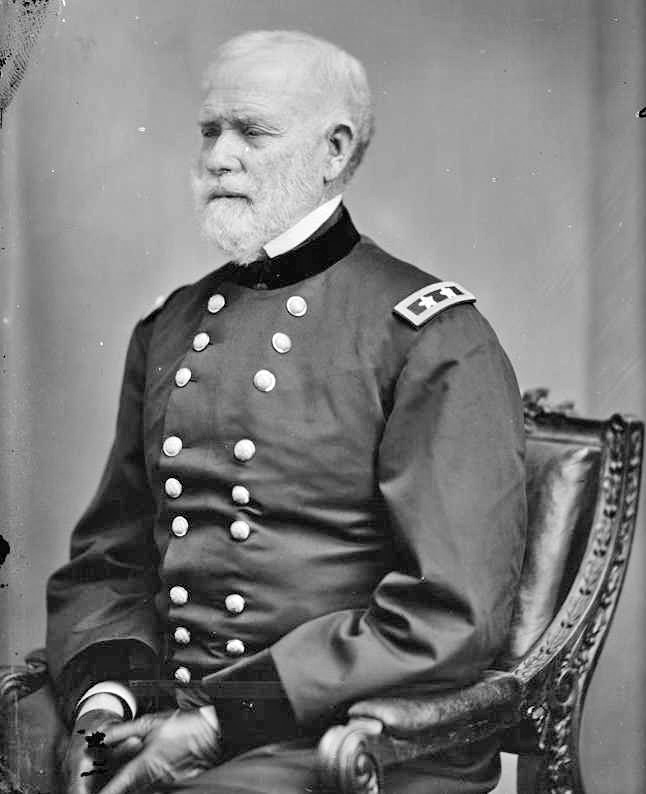This is the second part in a four-part series on the attack at Indian Key.
The University of West Florida’s John Worth has researched the Calusa people in both Spanish and Cuban archives. One of the people he identified was the celebrated Indian chief Antonio.
Physically, he is remembered as a strong, well-developed man who stood, at the very least, six feet tall. Antonio, an established captain with a ship, was a leader of the Spanish Indians who sailed for Florida with his crew during the second escalation of the Seminole War. In stories about the Seminole War, Antonio is known by a different name. He is called Chekaika.
The first time Chekaika’s name enters the lexicon is the summer of 1839. Lt. Col. William S. Harney led a mission to establish a trading post along the banks of the Caloosahatchee River. The Caloosahatchee empties into Pine Island Sound at Cape Coral, Florida, on the west coast. Harney Point can be found in Cape Coral, at the end of Edith Esplanade.
Harney led 25 soldiers, two interpreters, one civilian trader and his four employees down the Caloosahatchee River. Somewhere near the mouth of the river, perhaps at Harney Point, the troop stopped along the shore, set up camp, and established an area for the trading post. A distance of about 300 yards separated the camp and the trading post. In the day or two immediately following their arrival, a group of Indians created a campsite on the other side of the river. Three days after the trading post was established, the Indians lit bonfires and began to dance into the night. In the early morning hours of July 23, 1839, under cover of night, they crossed the river.
As many as 160 Indians attacked. The coordinated assault against both sites was launched simultaneously, with Chekaika leading his men to attack the military camp and the Seminole leader Hospetarke and his people attacking the store. Thirteen people were killed between the two sites, six taken captive and 14 escaped. In addition to the six prisoners, the Indians recovered a keg of gunpowder, percussion caps, six carbines, 14 Colt rifles and a large boat. There were zero Indian casualties.
Chekaika was last seen leading his men up Henderson Creek and into what is today known as Rookery Bay en route to his hidden camp in the Big Cypress Swamp. Chekaika’s hideaway was a tree island rising out of the Everglades. The isolated hardwood hammock, accessible by shallow draft boats like canoes, was surrounded by the Everglades “River of Grass.”
Harney was one of the lucky ones who escaped, barely, with nothing but his nightclothes. Several days later, he arrived at Indian Key aboard a small schooner. The Caloosahatchee River attack would prove to be one of the most successful Indian attacks of the Seminole War. One of the things that made Chekaika a standout was his preference for attacking in the early morning hours when darkness still covered his approach. The tactic would be repeated just over one year later.
Sometime in the last days of July 1840, Chekaika led a war party away from his tree island hideaway. How many people were among the group of warriors has never been verified, and the numbers given range from 50 to 136. However many there were, they traveled in 17 canoes, paddled south through the slough, and followed a course that might have led them to Whitewater Bay. From there, they traveled down the Halbatahatchee River and into Florida Bay.
The trip would have taken approximately six days. It is generally thought that the Indians stopped and waited at Lower Matecumbe Key before advancing to Indian Key.
From his ship at Key Biscayne, Lt. McLaughlin penned a letter to Secretary of the Navy Paulding dated Aug. 4, 1840: “Lt. Rogers in the Wave, sailed today with 18 canoes for Cape Romano, on the western coast, touching on his passage at Tea Table Key for provisions and to take off all the people capable of quitting the hospital, for another attempt to cross the Everglades from the vicinity…”
Rogers sailed away from Tea Table Key and Fort Paulding on Aug. 6 with all but a handful of able-bodied men left behind. Midshipman Murray and five sailors were left behind to administer aid to the hospital’s sick and wounded. Night came, midnight passed, and Aug. 6 became Aug. 7. Chekaika led the 17 canoes away from Lower Matecumbe Key, across the Atlantic shallows in those early morning hours, and out to Indian Key. They quietly pulled their canoes up onto the western side of the island and crept ashore where they waited to attack before being discovered by Mr. Beiglett and Mr. Glass.






















